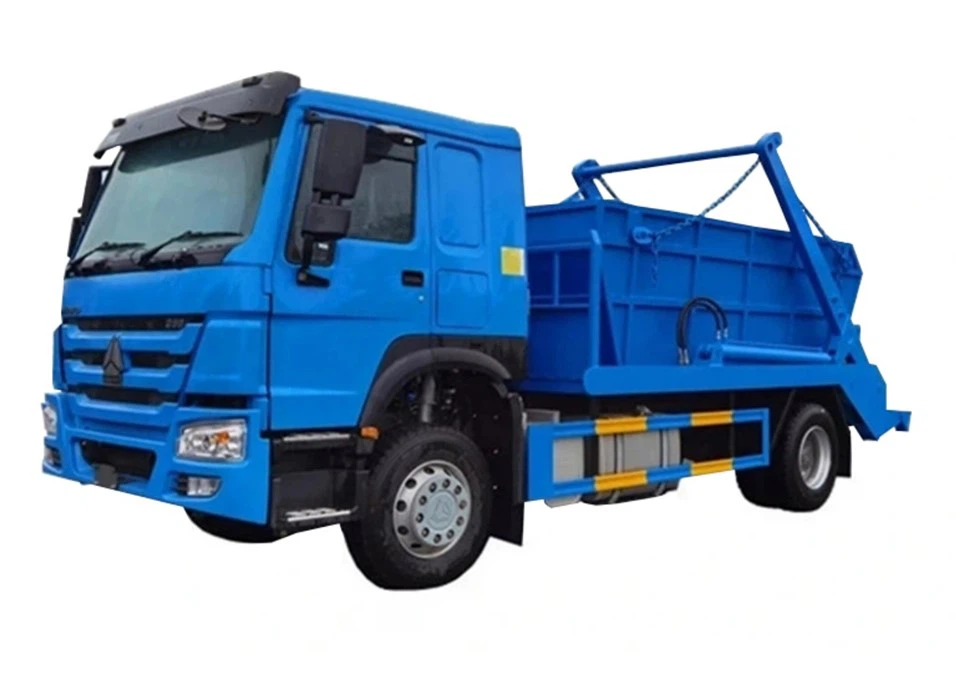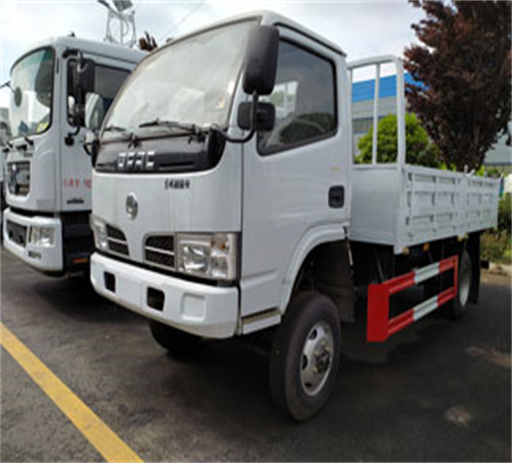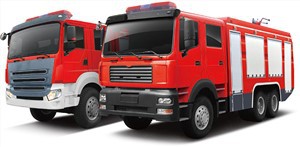Understanding Petrol Tanker Trucks: A Comprehensive Guide

Introduction
Petrol tanker trucks play a crucial role in the transportation of fuel, ensuring that gas stations and other facilities remain well-stocked. These specialized vehicles are designed to safely carry petroleum products like gasoline, diesel, and other fuels. As the demand for petroleum products continues to rise globally, understanding petrol tanker trucks becomes increasingly important. This article delves into the intricacies of these vehicles, covering everything from their design and types to safety regulations and operational considerations.
What Is a Petrol Tanker Truck?
A petrol tanker truck is a large commercial vehicle equipped with a tank designed for transporting liquid fuels such as petrol, diesel, and other petroleum products. These trucks come in various sizes and configurations, tailored for specific transportation needs.
Types of Petrol Tanker Trucks
Petrol tanker trucks can be categorized into several different types based on their design and purpose:
- Single Compartment Tankers: These tankers have one large compartment for transporting a single type of fuel.
- Multi-Compartment Tankers: Designed to carry multiple grades or types of fuel, these tankers have several smaller compartments separated by bulkheads.
- Vacuum Tankers: Used for transporting liquid waste, these tankers operate at lower pressure levels.
- Refrigerated Tankers: Equipped with cooling systems, they are used to transport temperature-sensitive petroleum products.
Design Features of Petrol Tanker Trucks
Tank Construction Materials
The construction material of the tanker is vital for safety and durability. Most petrol tanker trucks are made from:
- Steel: Commonly used due to its strength and durability.
- Aluminum: Lightweight and resistant to rust, making it suitable for specific applications.
Safety Features
Safety is paramount in petrol tanker design. Key features include:

- Bulkheads: Internal dividers that minimize the movement of liquid during transit.
- Anti-Surge Systems: Prevent the rapid movement of fuel that can affect vehicle handling.
- Fire Extinguishers: These are mandatory equipment due to the flammable nature of petrol.
Tank Sizes and Capacities
Petrol tanker trucks come in varying sizes based on the intended use. Tank capacities typically range from 3,000 to 11,000 liters, enabling operators to transport different volumes as per their requirements.
Regulations and Standards for Petrol Tanker Trucks
Global Standards
Various countries have implemented regulations to ensure the safe transportation of fuels. Some governing bodies include:
- Department of Transportation (DOT) in the USA: Establishes standards for tanker design and operation.
- European Union (EU): Implements various directives regarding the carriage of hazardous goods.
Licensing and Certification
Operators of petrol tanker trucks generally require specific licenses and certifications, which may include:
- Commercial Driver’s License (CDL): Required to operate large vehicles.
- Hazardous Materials Endorsement: Necessary for transporting flammable liquids.
Operational Considerations for Fuel Transport
Pre-Trip Inspections
Before embarking on any fuel transport, drivers must conduct thorough inspections of their vehicles. Essential elements to check include:
- Fuel leaks or damage to the tank.
- Brake and tire condition.
- Safety equipment functionality.
Loading and Unloading Procedures
Loading and unloading petrol requires careful protocols to prevent accidents. Key steps include:
- Grounding the tanker to avoid static electricity buildup.
- Using appropriate hoses and fittings for transfer.
- Monitoring transfer rates to avoid overflow.
Emergency Response Planning
Every fuel transport operation must have an emergency response plan. Essential components include:
- Clear evacuation routes.
- Access to fire-fighting equipment.
- Contact information for emergency services.

Environmental Considerations
Emissions and Pollution Control
Petrol tankers contribute to air pollution through vapors. To mitigate environmental impacts, many operators are adopting:
- Vapor Recovery Systems: These systems capture vapors during loading and unloading.
- Regular Maintenance: Ensuring vehicles are in good condition minimizes emissions.
Spill Prevention Strategies
Understanding how to prevent spills is vital. Strategies include:

- Regular inspections of equipment.
- Training operators on safe handling techniques.
- Implementing containment measures during loading/unloading.
Cost Factors Associated with Petrol Tanker Trucks
Purchase and Leasing Costs
Acquiring a petrol tanker truck can be a significant investment. Costs vary based on:
- Features and specifications.
- New vs. used vehicles.
- Financing options available.
Operational Costs
The operational costs of petrol tanker trucks include:
- Fuel consumption.
- Maintenance and repairs.
- Insurance premiums for transporting hazardous materials.
Future Trends in Petrol Tanker Truck Technology
Electric and Hybrid Models
As the demand for greener solutions grows, manufacturers are exploring electric and hybrid petrol tanker trucks. These models aim to reduce fuel consumption and emissions while maintaining operational efficiency.
Advanced Safety Technologies
Future petrol tanker trucks may include advanced safety features such as:
- Collision avoidance systems.
- Automatic braking systems.
- Real-time monitoring via GPS and telemetry.
FAQs
What is the average lifespan of a petrol tanker truck?
The average lifespan of a petrol tanker truck can range from 15 to 20 years, depending on maintenance and usage conditions.
How do petrol tankers ensure safety during transport?
Petrol tankers ensure safety through design features such as bulkheads, anti-surge systems, and mandatory safety equipment like fire extinguishers.
Can petrol tanker trucks carry different types of fuels?
Yes, some petrol tanker trucks are designed as multi-compartment tankers, allowing them to carry different types of fuels simultaneously.
What training is required for petrol tanker truck drivers?
Drivers typically require a Commercial Driver’s License (CDL) and a Hazmat endorsement, along with specialized training in handling hazardous materials.
What are the environmental impacts of petrol tanker trucks?
Petrol tanker trucks can contribute to air pollution and potential spills if not managed correctly. However, emission control technologies are being increasingly adopted to mitigate these effects.
Are there regulations specifically for petrol tanker drivers?
Yes, petrol tanker drivers must adhere to several regulations, including those outlined by the Department of Transportation (DOT) and equivalent agencies in various countries.
